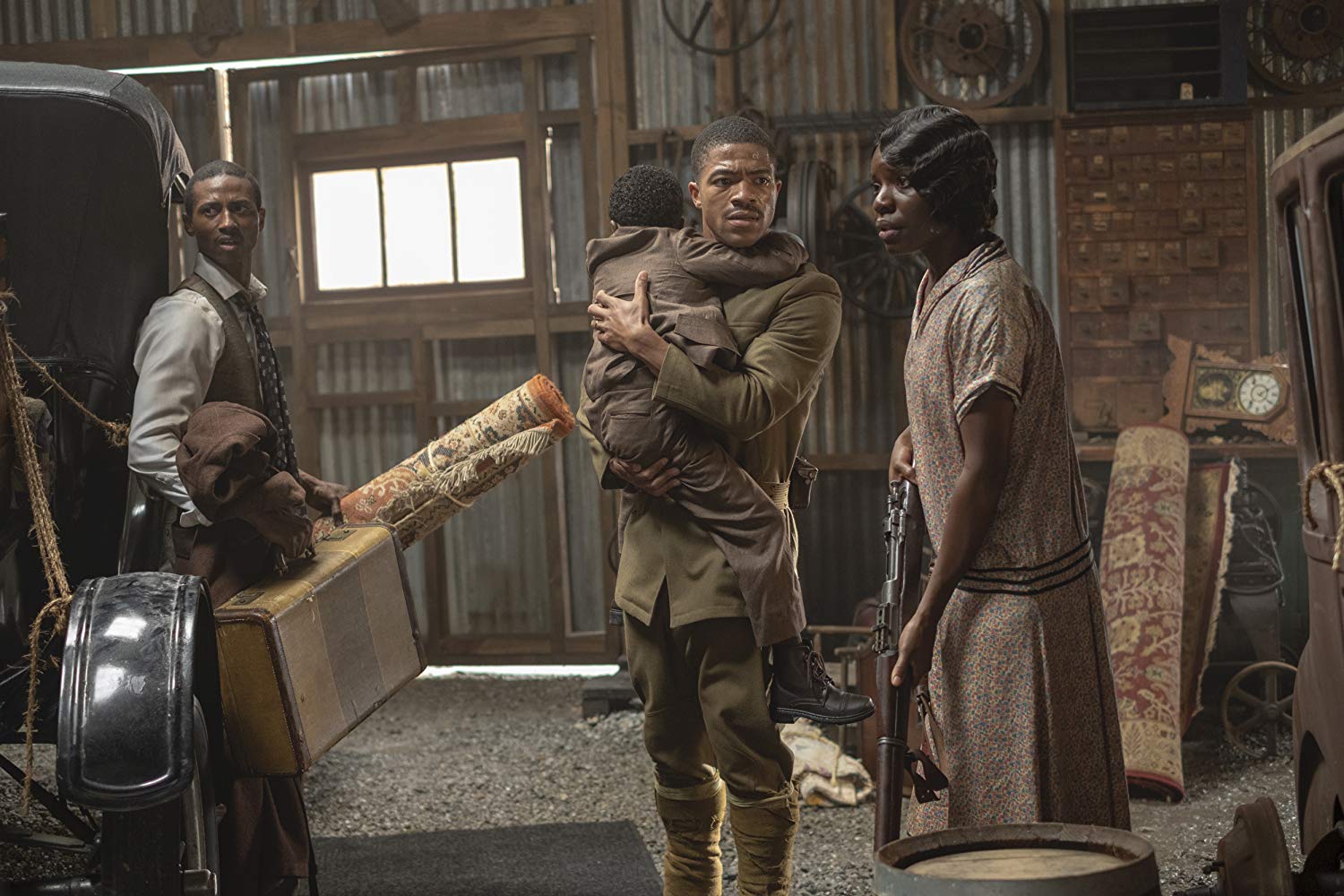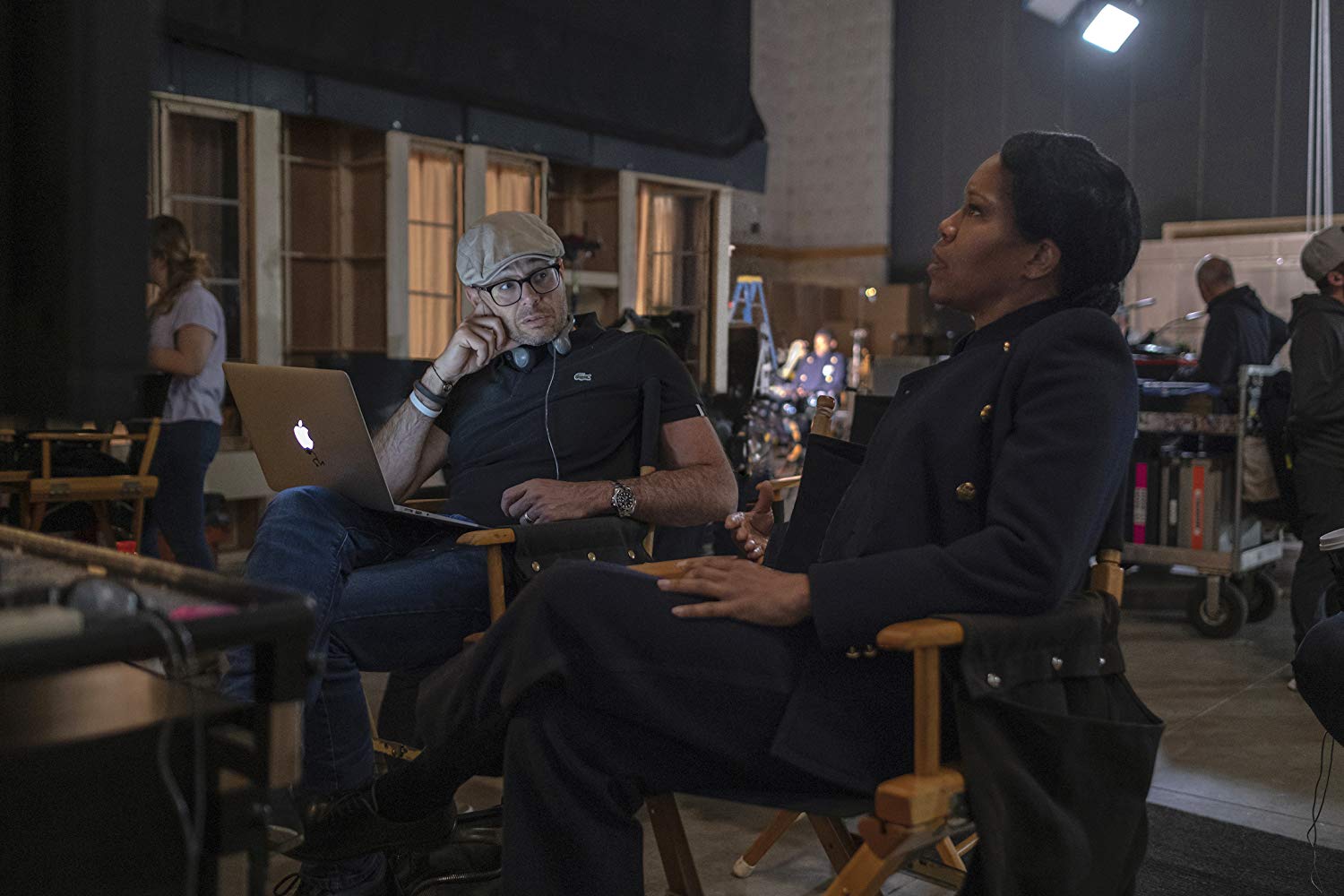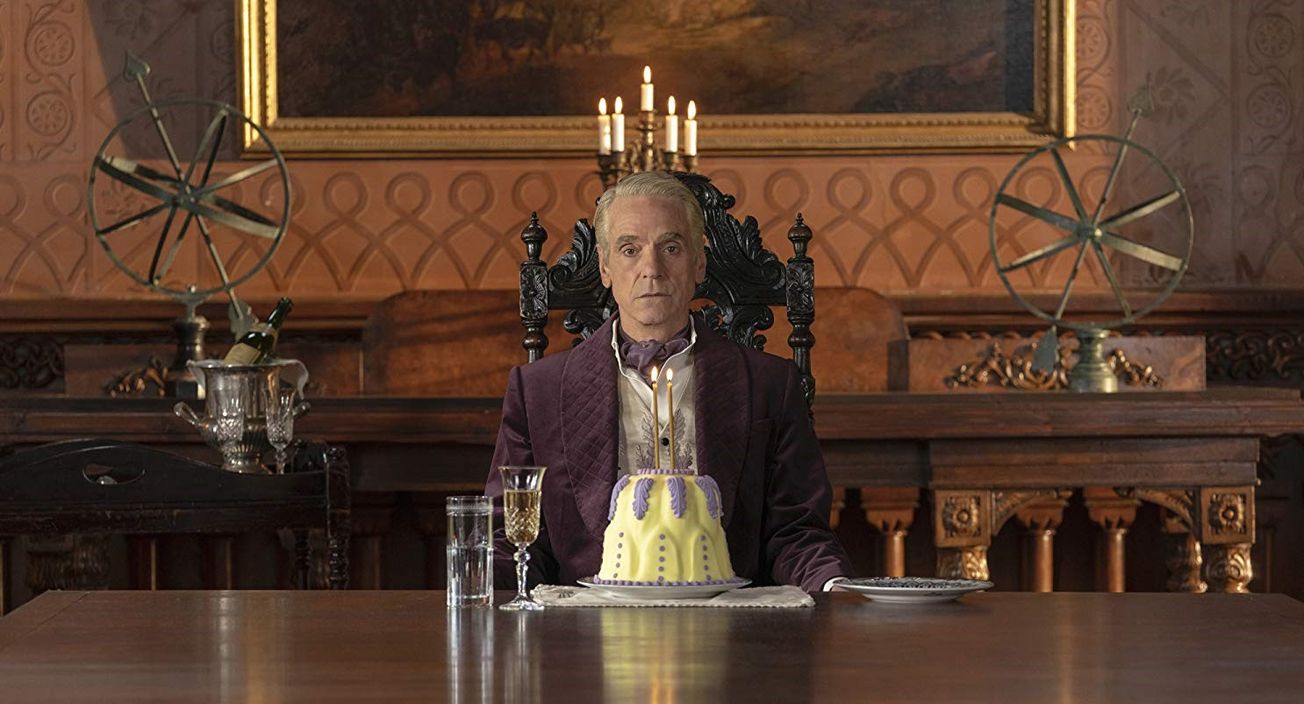By Nuramin Hakimi, 2nd Year, Law
HBO’s 2019 sequel to Watchmen (1986) is superbly executed, allowing it to pass the test of time and produce a tense and thrilling TV show.
Released in 1986, the Watchmen comics deftly reflected the anxieties brought up by the rise and gradual dissolution of the Cold War, alongside the backdrop of a highly consequential Reagan presidency.
The 12-issue comic marked a ‘mature’ era of comic books, intelligently mixing Alan Moore’s critiques on power and the glorification of authority in particular, with an iconic storyline and superhero characters that were themselves indictments of comic book heroes and the culture surrounding comic books at the time.

The HBO series of the same name carries on this spirit of the comic, organically building upon where the original comic ended, while making interesting observations about the current political climate through superhero tropes in an alternate timeline.
Headed by Damon Lindelof of Lost (2004-10) and Leftovers (2014-17) fame, Watchmen has largely succeeded in its approach, resulting in bravely astute commentary built around a well-constructed mix of science fiction and mystery that continues to unravel.
Watchmen intelligently [mixes] Alan Moore’s critiques on power and the glorification of authority in particular
Watchmen’s confidence in its political message is set out from its pilot, which begins with a 10-minute sequence depicting the Tulsa Race Massacre of 1921. Officially labelled in some texts as the ‘Tulsa Race Riots’, the event itself had been a footnote in history for decades, betraying the true nature of a massacre estimated to have killed hundreds.

As such, audiences were shocked to find out that the sequence, which showed men dressed in Klan robes massacring black civilians and the dropping of incendiary bombs on American soil, was true to historical accounts from Tulsa survivors.
While the series doesn’t specifically seek to fix the historical coverup of atrocities against marginalised peoples, by contrasting accurate depictions of underexposed historical events like Tulsa with purely ahistorical ones in its fictional universe, Watchmen gets you to think about history, the people who tell it, and the institutions that record it.
The series [makes] interesting observations about the current political climate through superhero tropes in an alternate timeline
Central to the series’ themes however is its reflection on authority. This is seen in the Tulsa Police. Taking place in a 2019 that’s familiar yet somehow very dissimilar to ours, the police in Tulsa are subjected to heavy restrictions, having to wait for central permission to use their firearms.
At the same time, police officers wear masks in order to stay anonymous; a sort of institutionalised vigilantism spurred by the threat posed by a white supremacist terror group called the Seventh Kavalry.

The series’ protagonist is Angela Abar, a Tulsa police officer who goes by Sister Night while on duty. Played by Regina King, who can do no wrong, Angela represents the grey tone Watchmen takes with its characters, true to the original comic.
Although a sympathetic, multifaceted character, Angela is frequently seen to also be cruel in fulfilling her duty. In one scene, she brutally interrogates a suspected Seventh Kavalry member off-screen. While we obviously aren’t supposed to sympathise with the suspect, the framing isn’t intended to show Angela in a positive light either.
Watchmen is more akin to ‘a blizzard of words and pictures much like the seething broadcast information from which Ozymandias himself attempts to distill meaning’
Instead, we are confronted with a case of police brutality that, in terms of race and ideology, is opposite to ours. Watchmen contradicts reality where the police and the criminal justice system in the United States tends to victimise people of colour, particularly African Americans.
While the series is obviously not trying to trivialise this reality, whether this interplay of race and power in an alternate timeline actually works is up to your personal inclinations.
This is where the series may stumble for some. While race is used quite well to set out Watchmen’s perspective on history as a construct, the series falters when making the same connection between race and authority.
This is the first show I’ve ever heard where intergenerational trauma is actually acknowledged as real...but they were referring to a squid and not slavery. #WatchmenHBO pic.twitter.com/FCEc7UGG8a
— theblerdgurl™️ is Sister Night’s Tailor (@theblerdgurl) November 18, 2019
One of many ways the series more successfully ‘updates’ the spirit of the original is through its women. While, for example, Silk Spectres I and II were far from hollow characters in the Watchmen comic, they were unfortunately defined by their sexual relations with the men around them.
Silk Spectre II appears in the TV series as Laurie Blake but, unlike the comics, stands on her own footing thanks to a brilliant performance by Jean Smart. Along with the character of Angela Abar, Watchmen tells a story about women whose strengths and flaws are principal not only to themselves, but also to the world around them.
One of many ways the series more successfully ‘updates’ the spirit of the original is through its women
We also get to see an aged Ozymandias, played by Jeremy Irons, in an unnamed mansion far away from Tulsa, where he creates crazy inventions and produces reenactments of events from the original comic. His scenes are hilarious and manage to provide meaningful relief from the main story, without being too jarring.
Other details are certainly worth mentioning, like the score by Trent Reznor and Atticus Ross, which excellently complements the series’ tone. Action scenes, when they occur, are clearly shot and well-choreographed, with HBO clearly taking the opportunity to flex their budget.

The rest of the series is equally well-shot. Particularly beautiful is a scene that takes place in “The Pod” and involves Looking Glass, played by Tim Blake Nelson, questioning a suspected Seventh Kavalry member while a series of intense images envelops the environment.
The series echoes a sentiment by Watchmen comic co-creator Dave Gibbons which perfectly summarises the attitude Watchmen takes to its themes, writing that Watchmen is more akin to ‘a blizzard of words and pictures much like the seething broadcast information from which Ozymandias himself attempts to distill meaning.’
Featured: IMDb / DC Comics
What do you take from Watchmen's take on comic books' 'mature' renaissance?









